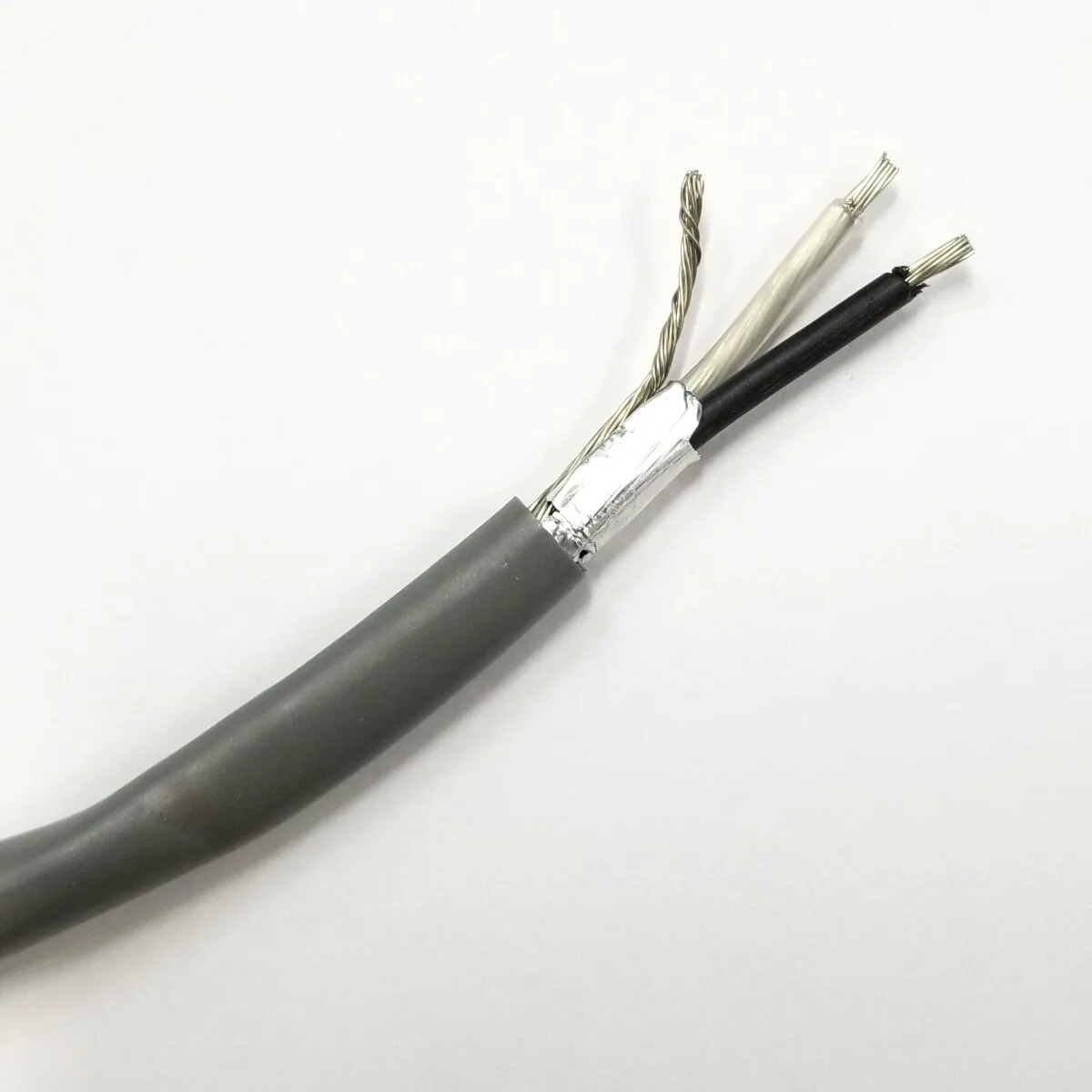

Articles
What Size Conduit For 10/2 Wire
Modified: August 31, 2024
Find out the correct size of conduit needed for 10/2 wire in this informative article. Learn more about electrical wiring and installations.
(Many of the links in this article redirect to a specific reviewed product. Your purchase of these products through affiliate links helps to generate commission for Storables.com, at no extra cost. Learn more)
Introduction
Welcome to our comprehensive guide on determining the right conduit size for 10/2 wire! If you’re planning to undertake electrical wiring or installations, understanding conduit sizes and their relationship to wire gauge is crucial.
Conduit plays a vital role in protecting and organizing electrical wires, ensuring their safety and longevity. When it comes to 10/2 wire, which consists of two 10-gauge copper conductors, selecting the appropriate conduit size becomes even more critical.
In this article, we’ll explore the factors to consider when determining the right conduit size for 10/2 wire. We’ll also discuss the guidelines provided by the National Electrical Code (NEC) and provide a conduit sizing chart for your reference.
Whether you’re a professional electrician or a DIY enthusiast, this guide will equip you with the knowledge you need to make informed decisions when it comes to conduit sizing.
Key Takeaways:
- Proper conduit sizing for 10/2 wire is crucial for electrical safety and efficiency. Consider wire fill capacity, bend radius, future expansion, conduit material, and local code requirements for informed decisions.
- Adhering to NEC guidelines and consulting conduit sizing charts ensures safe and compliant electrical installations. Always prioritize electrical safety and consult with professionals when in doubt.
Read more: What Size Conduit For 6/3 Wire
Understanding Conduit and Wire Sizes
Before we dive into the specifics of conduit sizing for 10/2 wire, let’s first understand the basics of conduit and wire sizes.
Conduit refers to the protective channel or tubing used to house electrical wires. Its primary function is to provide a physical barrier and prevent the wires from being damaged or exposed to moisture, chemicals, or other external elements. Conduit also helps in organizing and routing the wires, making it easier to work with and troubleshoot.
Wire sizes, on the other hand, are determined by the American Wire Gauge (AWG) system. The AWG system assigns a numerical value to each wire gauge, indicating its diameter and current-carrying capacity. The smaller the gauge number, the thicker and more capable the wire is of handling higher current loads.
Conduit sizes are typically measured in trade sizes, which do not directly correlate with wire gauge sizes. The trade size refers to the inside diameter of the conduit and is commonly expressed in inches or metric units. It’s important to select the appropriate conduit size based on the wire size to ensure proper wire movement and protection.
Now that we have a basic understanding of conduit and wire sizes, let’s explore how to determine the right conduit size specifically for 10/2 wire.
Determining the Right Conduit Size for 10/2 Wire
When it comes to selecting the right conduit size for 10/2 wire, there are several factors to consider. Let’s take a closer look at each of these factors:
- Wire Fill Capacity: The NEC provides guidelines on the maximum number of conductors that can be safely installed in a conduit. This is known as the wire fill capacity, and it varies depending on the wire gauge and conduit size. It’s crucial to ensure that the conduit size you choose can accommodate the two 10-gauge conductors of the 10/2 wire.
- Bend Radius: The conduit size should also allow for proper bending of the wires without damaging them. The NEC specifies minimum bend radii for different conduit sizes, which must be followed to prevent excessive stress on the wires.
- Future Expansion: Consider any potential future expansion needs when choosing the conduit size. If there is a possibility of adding more wires or upgrading to a higher gauge wire in the future, it’s wise to select a conduit size that can accommodate these changes.
- Conduit Material: The material of the conduit can also impact the choice of conduit size. Different conduit materials have different internal dimensions and fill capacities. Make sure to select the appropriate conduit material based on the specific requirements of your project.
- Local Code Requirements: It’s essential to check with your local electrical code requirements to ensure compliance with any specific rules or regulations regarding conduit sizing.
By considering these factors, you can make an informed decision when determining the right conduit size for 10/2 wire. However, it’s important to note that the NEC provides specific guidelines for conduit sizing that should be followed to ensure safety and compliance.
Factors to Consider
When determining the right conduit size for 10/2 wire, there are several factors to consider. Let’s explore these factors in detail:
- Number of Conductors: The first factor to consider is the number of conductors that will be installed in the conduit. Since 10/2 wire consists of two individual conductors, you will need a conduit size that can accommodate these two wires without exceeding the maximum wire fill capacity. It’s important to ensure there is enough space within the conduit for the wires to move freely and to comply with code requirements.
- Conduit Material: The material of the conduit is another crucial factor to consider. Common conduit materials include PVC (polyvinyl chloride) and metal (such as steel or aluminum). Each material has different characteristics, including different internal dimensions and fill capacities. Ensure that the chosen conduit material is suitable for your specific project and complies with local electrical codes.
- Bend Radius: The bend radius is the minimum allowable radius that the wire can be bent without risk of damage. It is essential to select a conduit size that allows for proper bending of the 10/2 wire without causing stress or deformation. The NEC specifies minimum bend radii for different conduit sizes, so be sure to follow these guidelines to prevent any potential wire damage or performance issues.
- Future Expansion: Consider any potential future expansion needs when choosing the conduit size. If there is a possibility of adding more wires or upgrading to a higher gauge wire in the future, it’s wise to select a conduit size that can accommodate these changes. This will save you from having to replace the conduit down the line and make future modifications easier.
- Local Code Requirements: Finally, it’s essential to consult with local electrical codes and regulations to ensure compliance. Different jurisdictions may have specific requirements regarding conduit sizing and installation. By adhering to these regulations, you can ensure the safety and efficiency of your electrical system.
By carefully considering these factors, you can make an informed decision when determining the right conduit size for 10/2 wire. Remember, proper conduit sizing is crucial for ensuring the safety, efficiency, and longevity of your electrical installations.
When choosing conduit size for 10/2 wire, use a 3/4 inch conduit to allow for easy installation and future upgrades. Always consult local electrical codes for specific requirements.
NEC Guidelines for Conduit Sizing
The National Electrical Code (NEC) provides guidelines and regulations for electrical installations to ensure safety and standardization. When it comes to conduit sizing, the NEC has specific requirements to follow. Let’s delve into the NEC guidelines for conduit sizing:
1. Wire Fill Capacity: The NEC specifies the maximum number of conductors allowed in a conduit based on their size and type. The wire fill capacity is crucial to prevent overcrowding and ensure proper heat dissipation. It’s essential to select a conduit size that can accommodate the 10/2 wire without exceeding the NEC’s wire fill capacity limits.
2. Conduit Fill Calculation: The NEC provides formulas to calculate the conduit fill percentage, which determines the maximum fill capacity based on the wire size and conduit diameter. It’s important to perform these calculations to ensure compliance with code requirements and avoid overcrowding of the conduit.
3. Minimum Bend Radii: The NEC also specifies the minimum bend radii for different conduit sizes. These guidelines ensure that the wires are not bent at angles that could cause damage or affect performance. To prevent excessive stress on the 10/2 wire, it’s essential to select a conduit size that allows for proper bending without violating the minimum bend radii requirements.
4. Accessibility: The NEC requires that conduits be accessible for maintenance and repair purposes. This means that the conduit size must allow sufficient space for future access, ensuring that any necessary repairs or modifications can be made without excessive disruption.
5. Environmental Considerations: The NEC takes into account specific environmental factors when determining conduit size requirements. These factors include the presence of moisture, corrosive substances, and extreme temperatures. It’s crucial to choose a conduit size that can withstand the environmental conditions of the installation site.
To ensure compliance with the NEC guidelines, it’s important to consult the latest edition of the code and any local amendments that may be in place. Following the NEC guidelines for conduit sizing will help maintain the safety and integrity of your electrical installation.
Read more: What Size Conduit For 12/2 Wire
Conduit Sizing Chart
When determining the appropriate conduit size for 10/2 wire, it can be helpful to refer to a conduit sizing chart. This chart provides a quick reference to match wire gauge with the corresponding conduit size. While the following conduit sizing chart is a general guide, it is important to consult the National Electrical Code (NEC) and any local code requirements for precise conduit sizing information. Here is a sample conduit sizing chart:
| Wire Gauge | Conduit Size |
|---|---|
| 10 | 3/4 inch |
| 10 | 1 inch |
| 10 | 1-1/4 inch |
| 10 | 1-1/2 inch |
| 10 | 2 inches |
Keep in mind that the conduit sizing chart provided is just an example, and the actual conduit size required may differ depending on factors such as the number of conductors and specific code requirements. Additionally, the conduit sizing chart may vary for different types of conduit materials, so it’s important to consider the specific material being used for accurate sizing.
Always consult the NEC and any local electrical codes to determine the correct conduit size for your specific project. Adhering to these regulations will ensure the safety, efficiency, and compliance of your electrical installation.
Conclusion
Proper conduit sizing is crucial when it comes to electrical installations, especially when determining the right conduit size for 10/2 wire. By understanding conduit and wire sizes, considering important factors, and following NEC guidelines, you can ensure a safe and efficient electrical system.
Throughout this article, we discussed the basics of conduit and wire sizes, emphasizing the importance of selecting the appropriate conduit size based on the wire gauge. We also explored the factors to consider, including wire fill capacity, bend radius, future expansion needs, conduit material, and local code requirements.
Furthermore, we highlighted the NEC guidelines for conduit sizing, which provide specific requirements and calculations to ensure compliance and maximum wire fill capacity. These guidelines help ensure proper wire spacing, prevent overcrowding, and maintain the integrity of the electrical system.
To assist you in your conduit sizing endeavors, we provided a sample conduit sizing chart as a reference. However, it’s important to consult the NEC and any local code requirements for accurate and detailed conduit sizing information.
Remember, electrical safety should always be a top priority. When in doubt, consult with a qualified electrician or electrical inspector to ensure proper conduit sizing and adherence to all applicable codes and regulations.
By following these guidelines and taking necessary precautions, you can confidently select the right conduit size for 10/2 wire, creating a reliable and safe electrical system for your project.
Thank you for reading our comprehensive guide on determining the right conduit size for 10/2 wire. We hope that this article has provided you with valuable insights and information to make informed decisions regarding conduit sizing.
Ready to tackle more DIY electrical challenges? Whether you’re setting up your workshop or just ensuring safe connectivity to outbuildings, mastering overhead electrical wiring is key. Our guide on how to handle this project provides you with practical steps and safety tips. If your plans also involve enhancing indoor setups, our detailed instructions on embedding conduit within walls will prove invaluable. Both articles walk you through crucial techniques for safe, effective installations that respect current standards.
Frequently Asked Questions about What Size Conduit For 10/2 Wire
Was this page helpful?
At Storables.com, we guarantee accurate and reliable information. Our content, validated by Expert Board Contributors, is crafted following stringent Editorial Policies. We're committed to providing you with well-researched, expert-backed insights for all your informational needs.
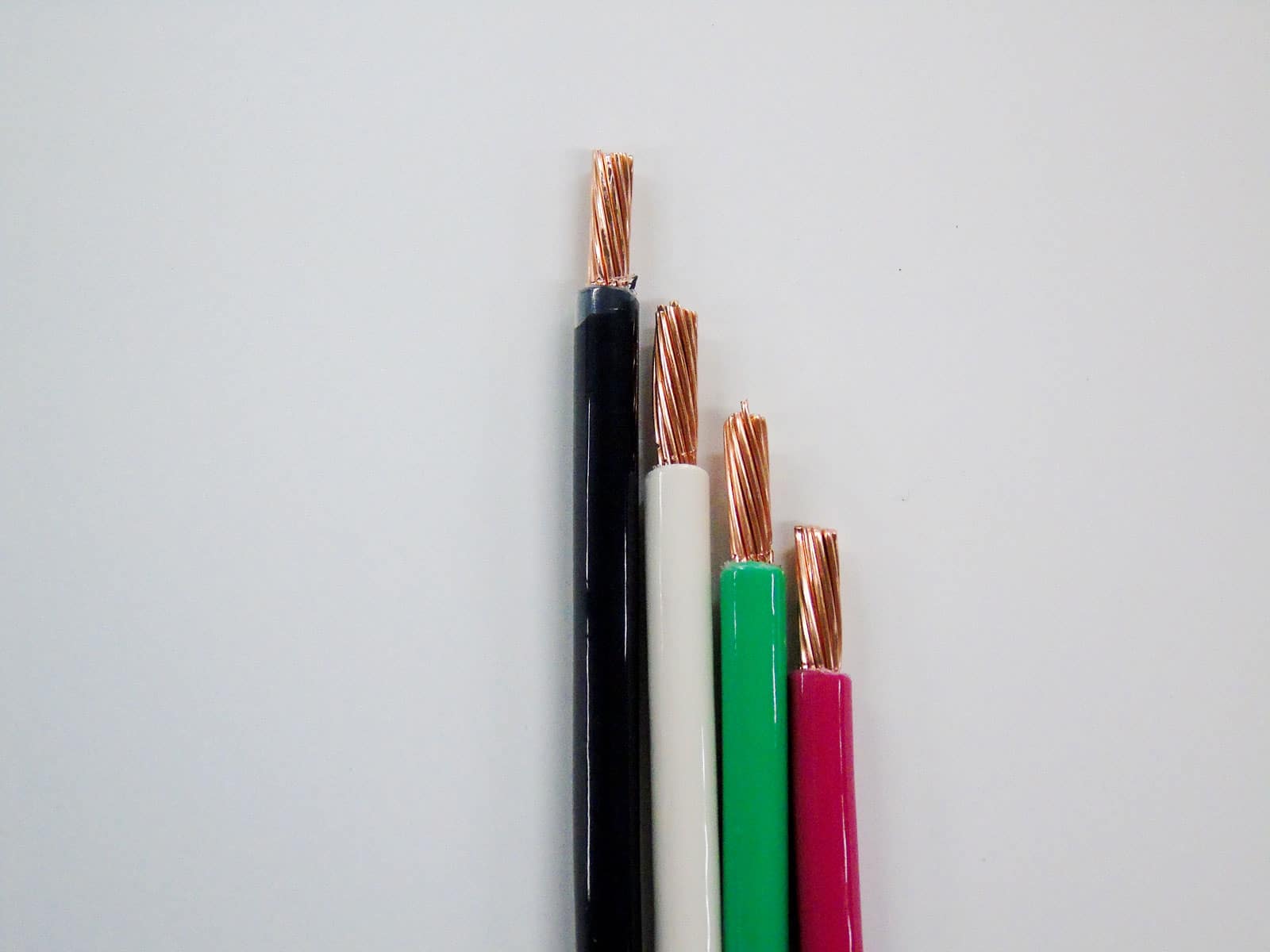
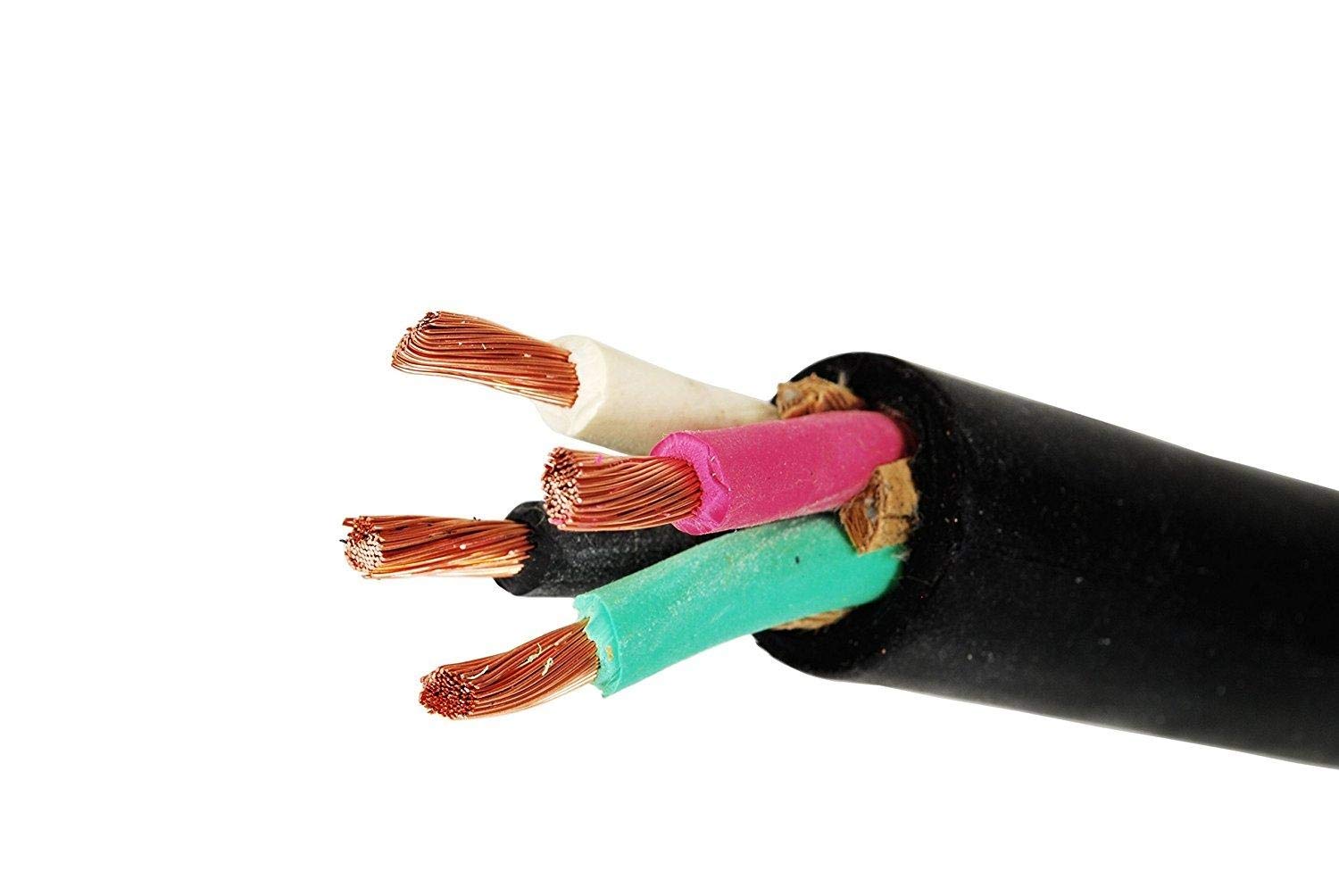
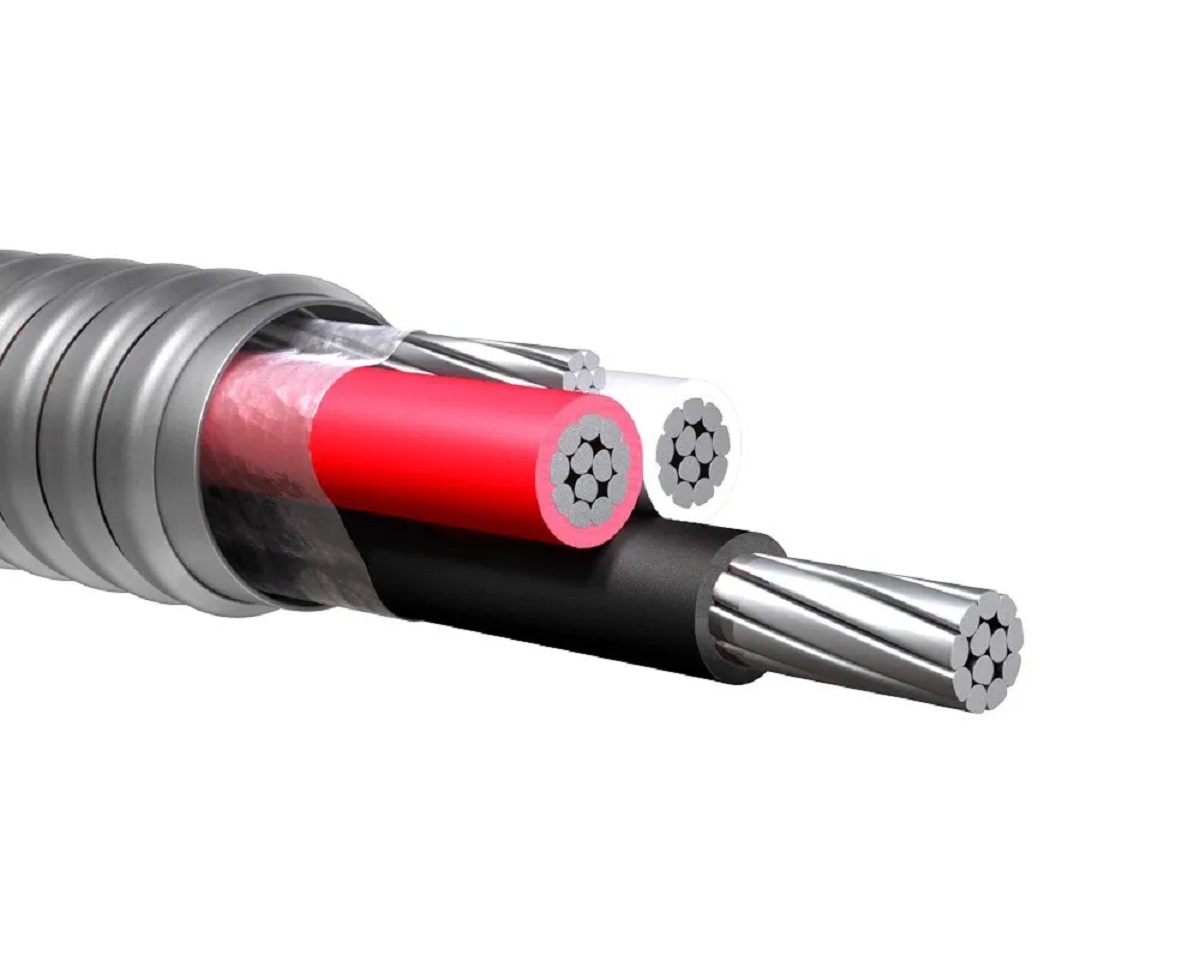
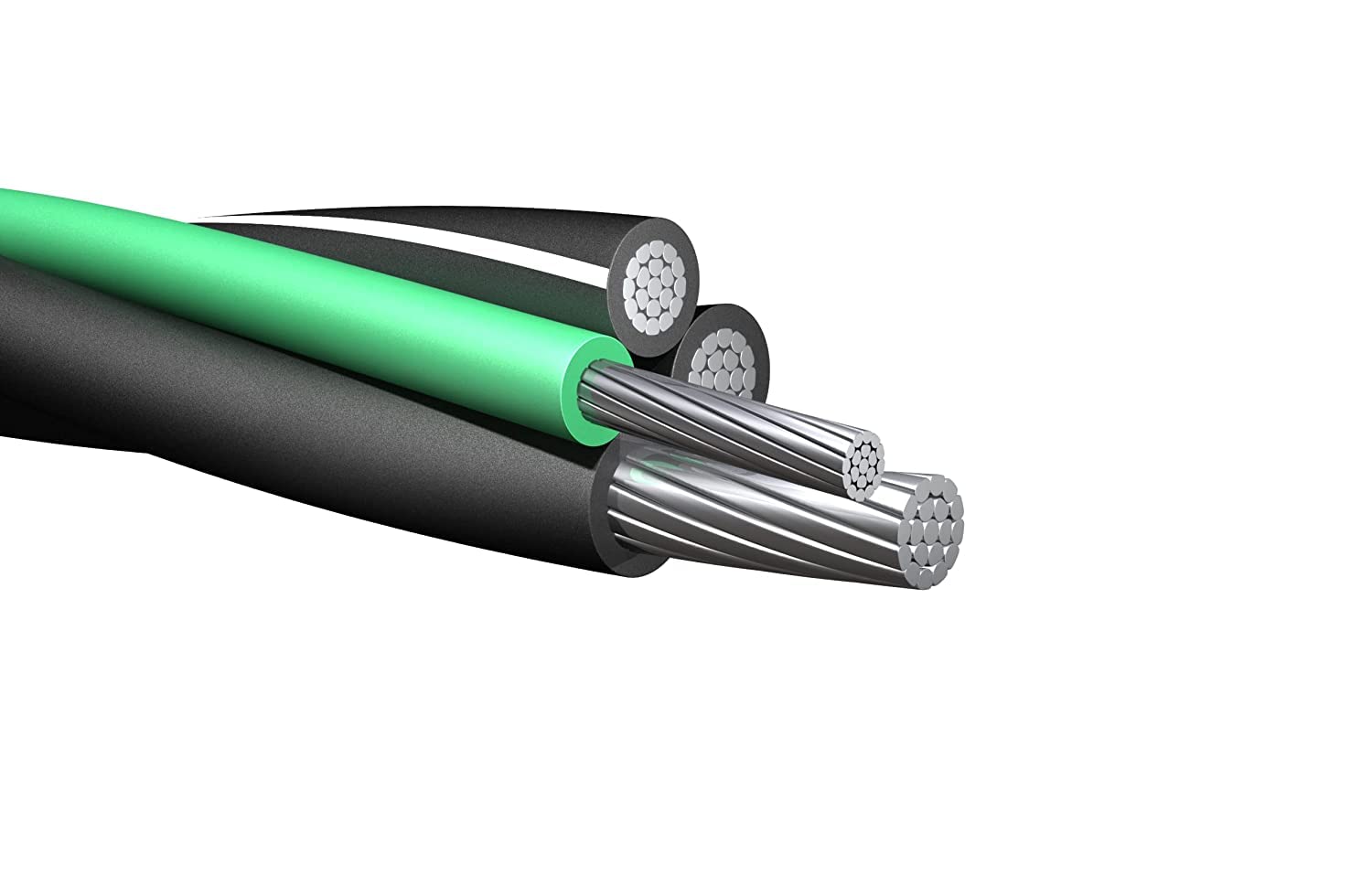
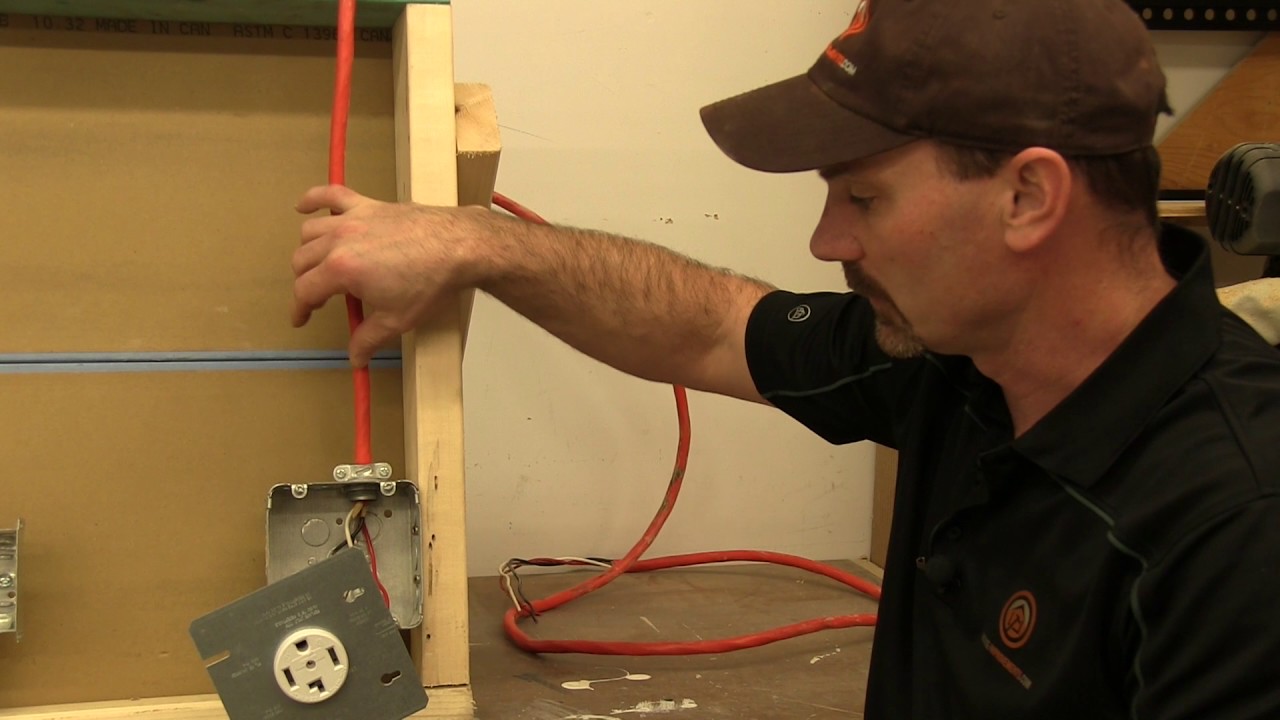
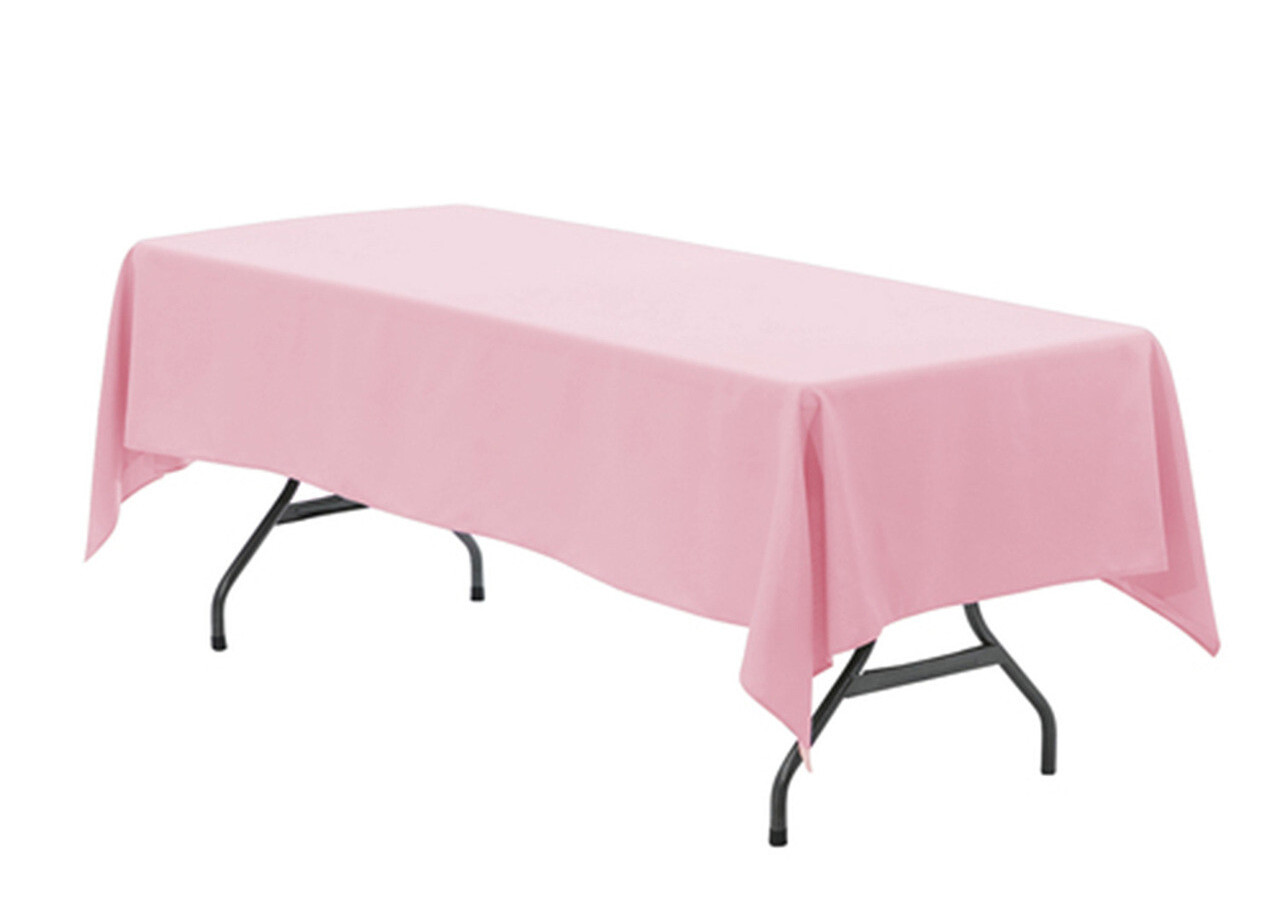
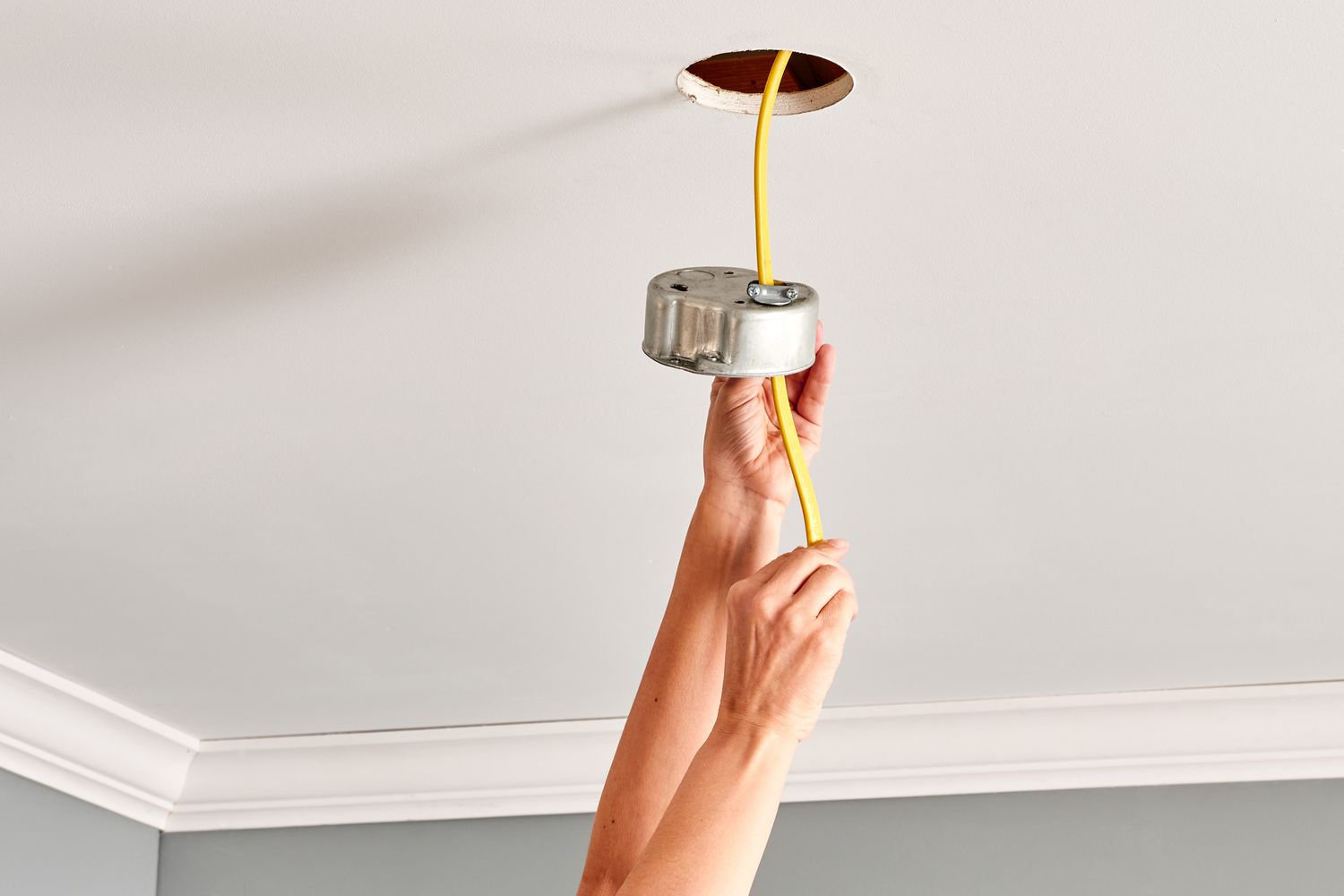
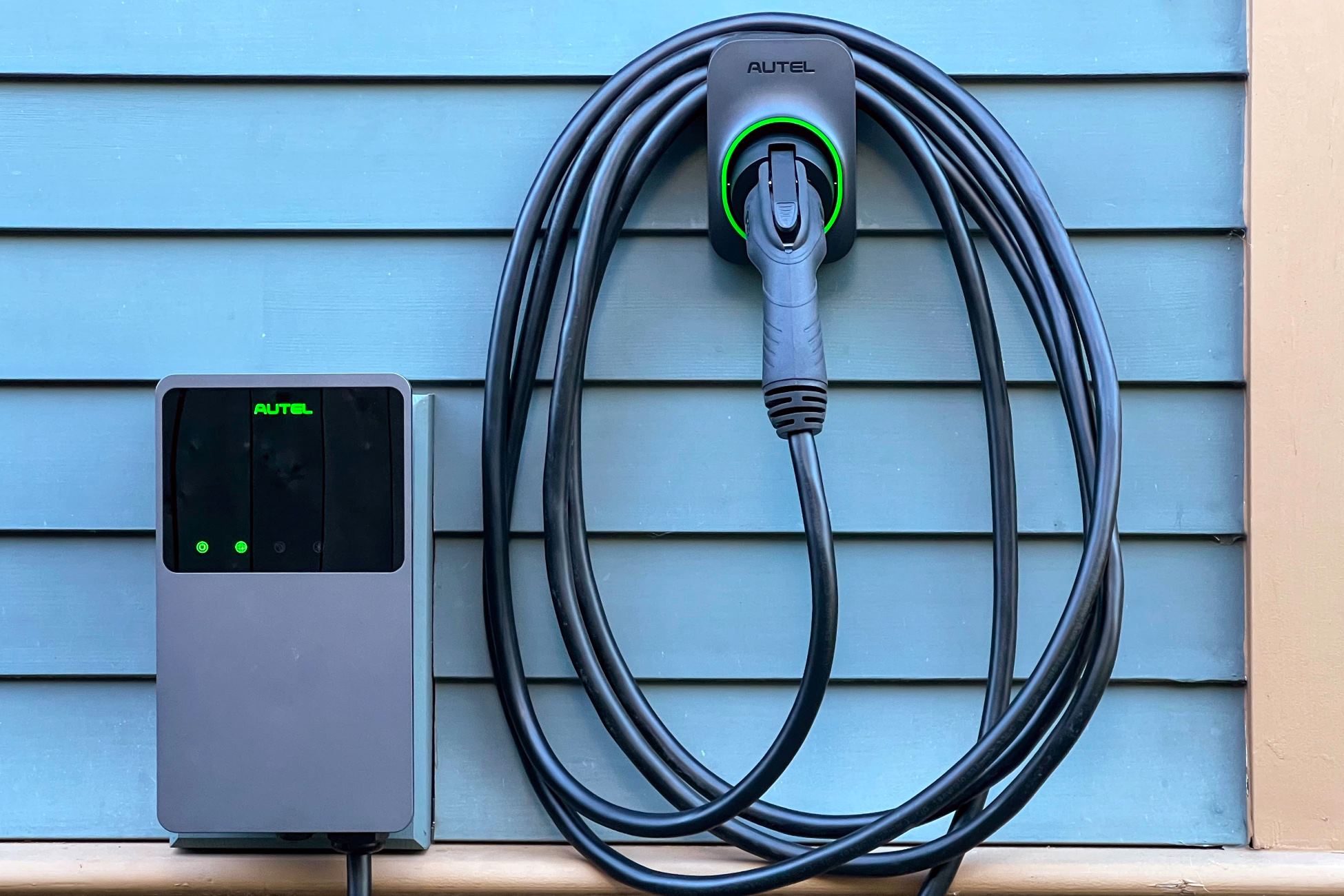
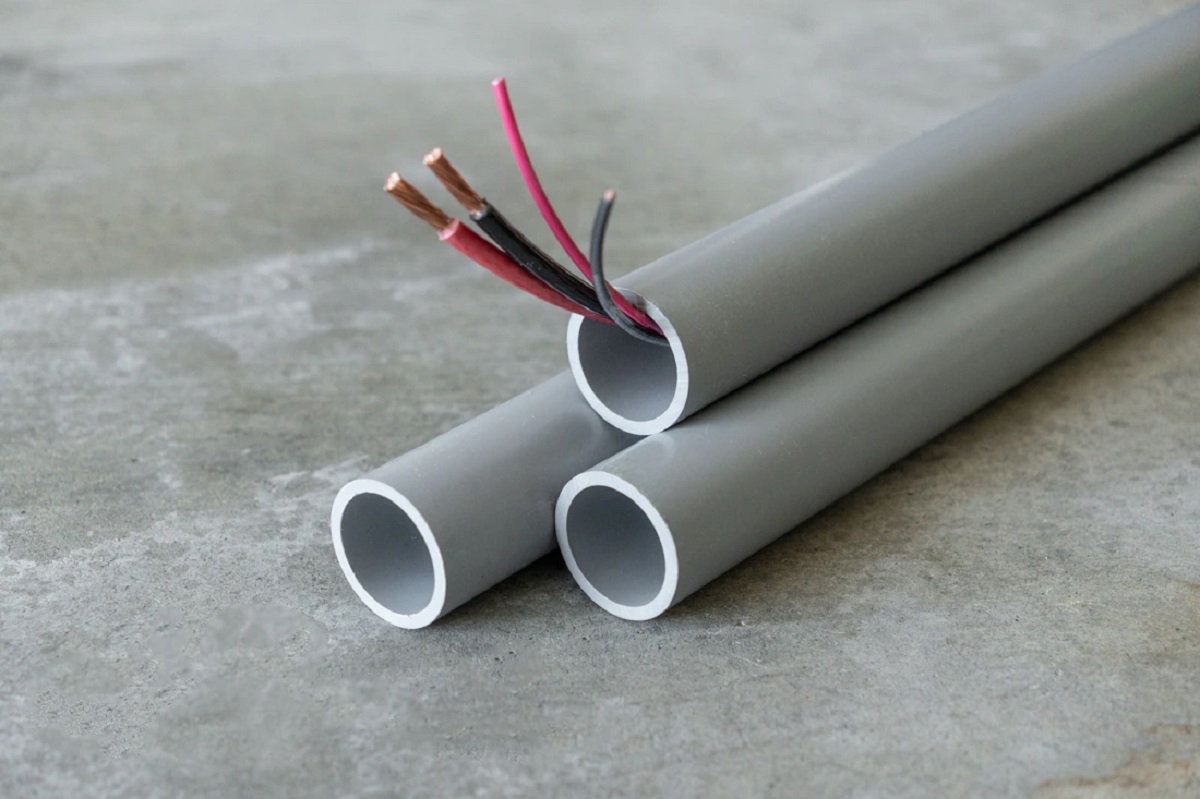
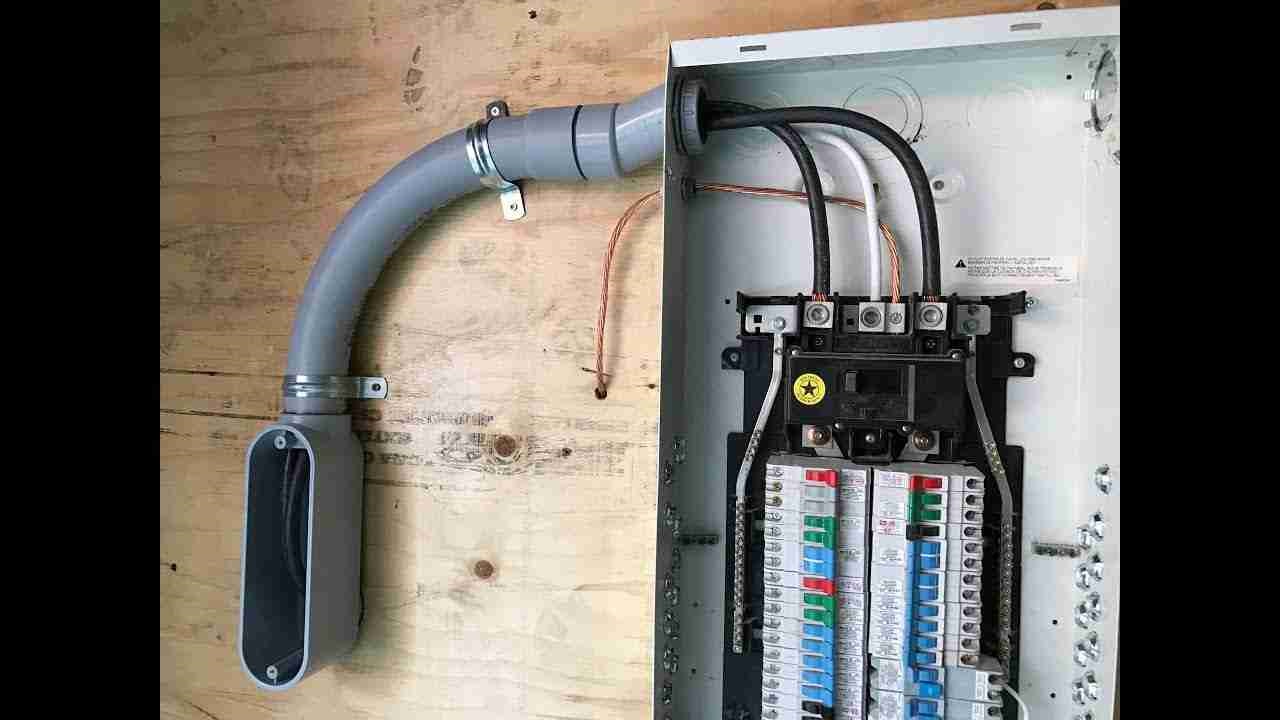
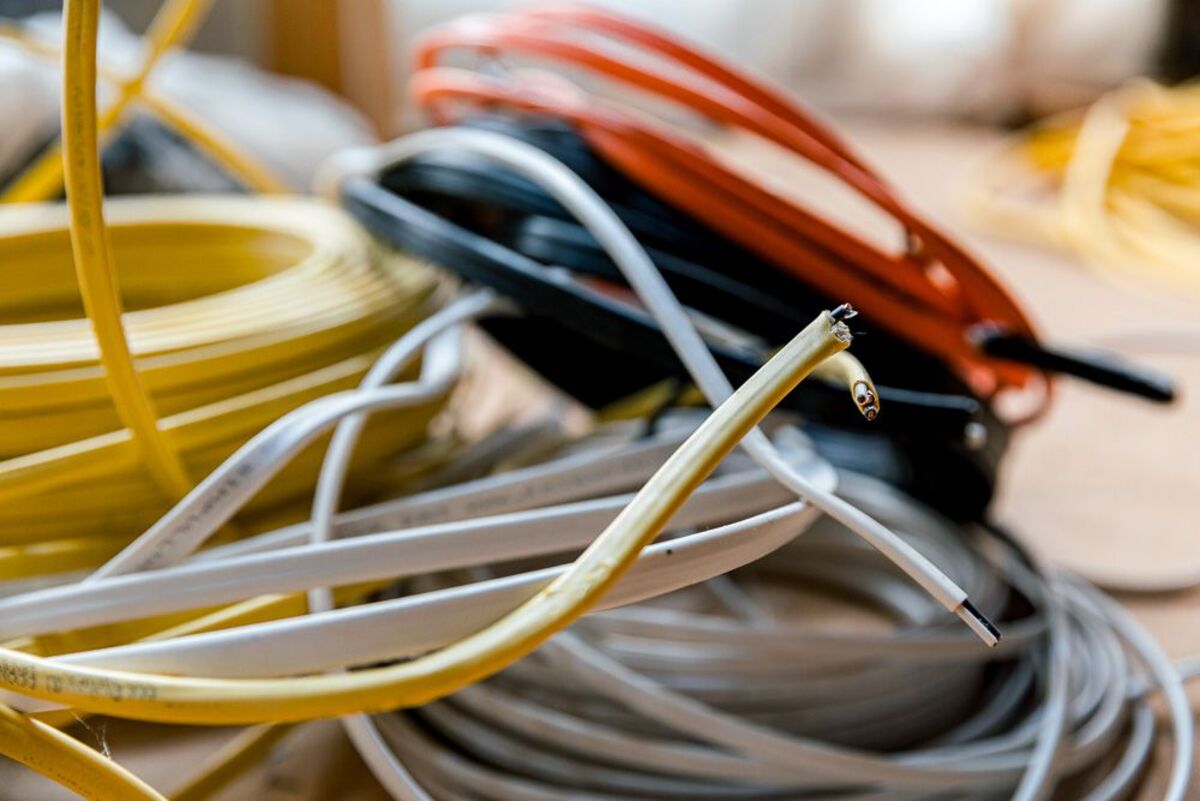
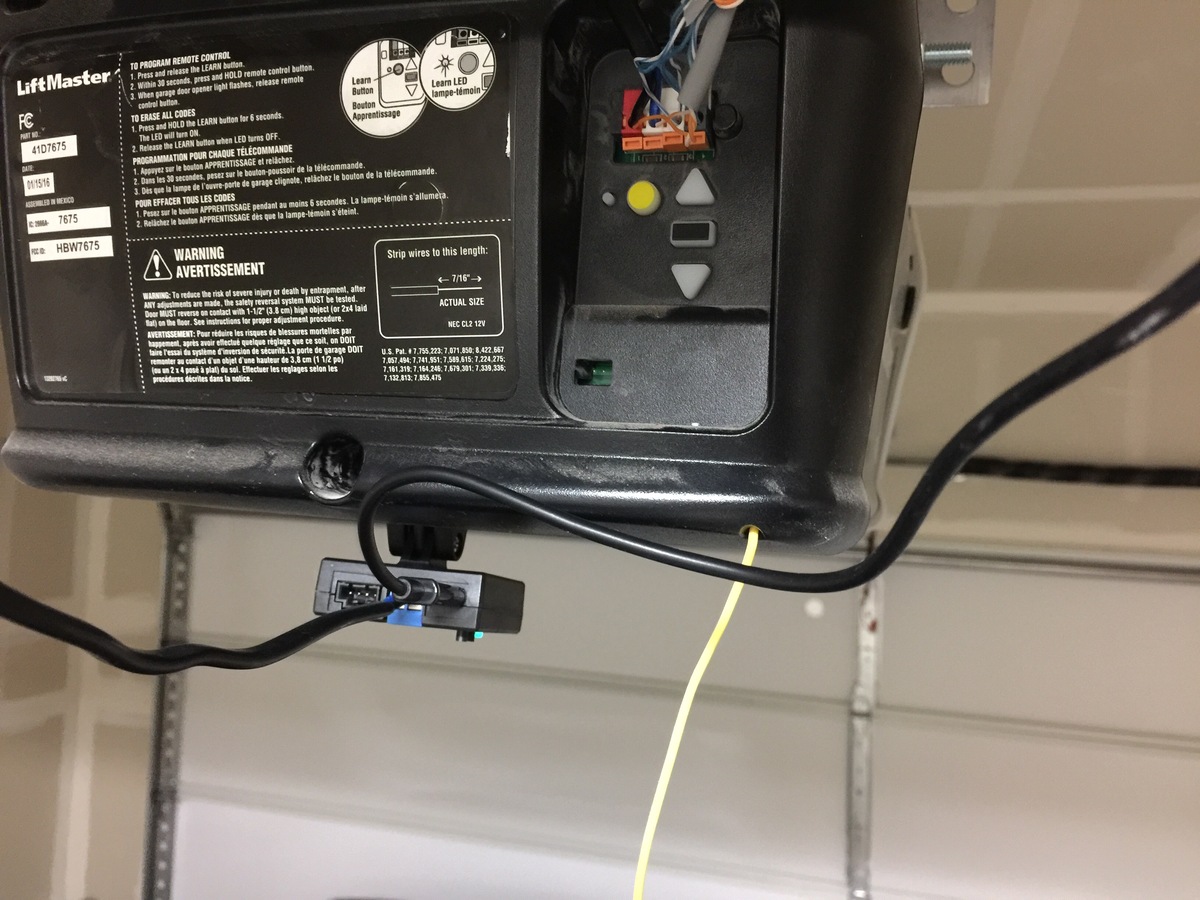
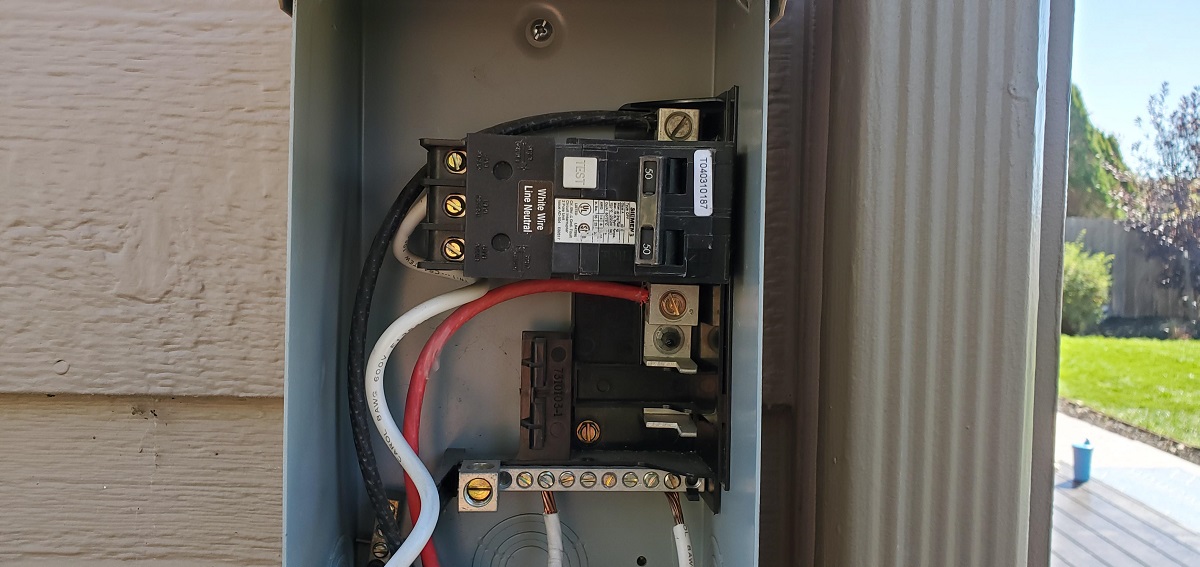
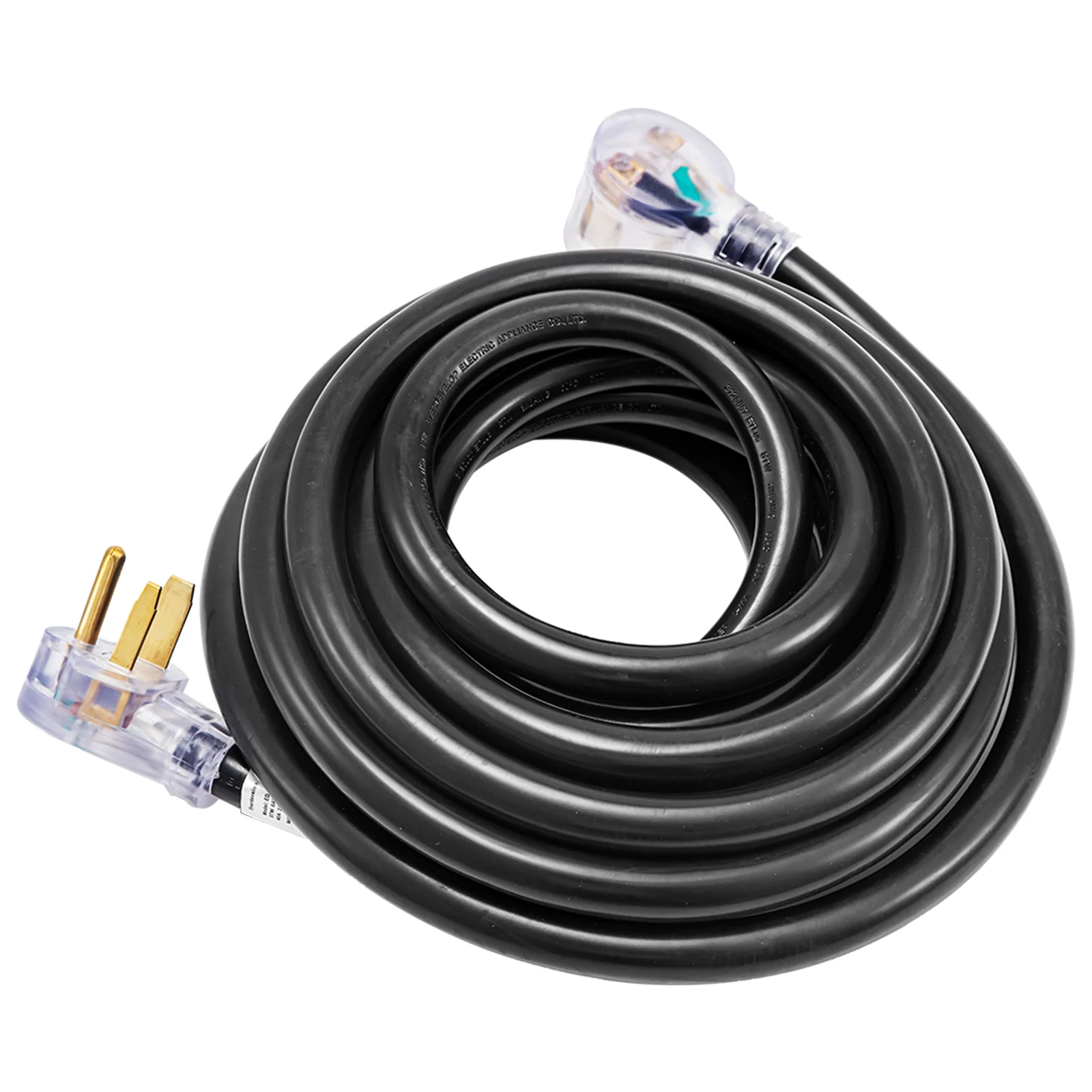

0 thoughts on “What Size Conduit For 10/2 Wire”